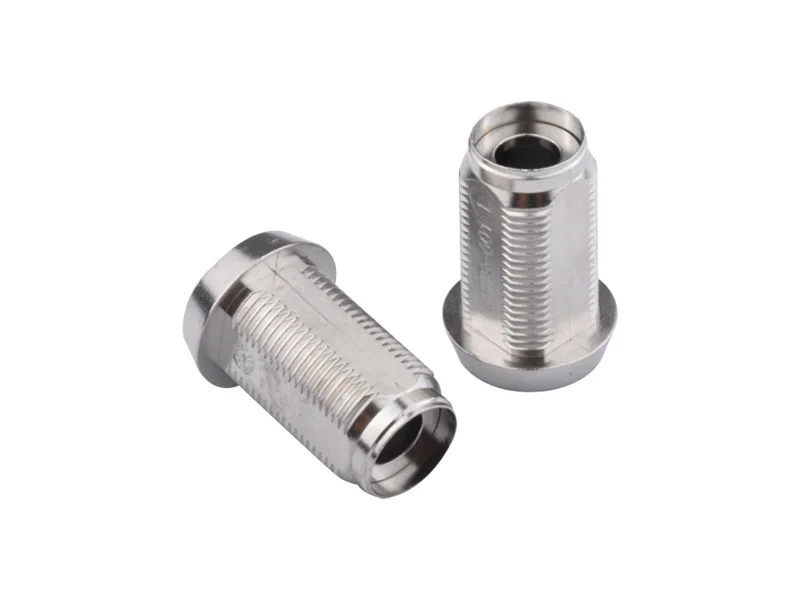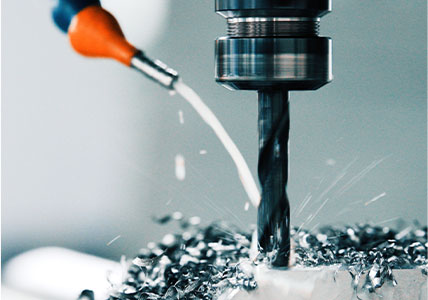



Tungsten carbide, an significant element of tungsten carbide components, is a compound composed of tungsten and carbon. It is a black hexagonal crystal with a metallic luster, similar in hardness to diamond, and is a good conductor of electricity and heat. Tungsten carbide is insoluble in water, hydrochloric acid and sulfuric acid, but easily soluble in a nitric acid-hydrofluoric acid mixture. Tungsten carbide used as a steel cutting tool is often added with titanium carbide, tantalum carbide, or their mixture to improve the anti-blast ability. The chemical properties of tungsten carbide are stable. It is usually applied in the manufacturing tungsten carbide components.
Health hazards: Tungsten dust can cause peribronchitis, fine peribronchitis, atretic fine bronchitis and atrophic emphysema. Tungsten carbide causes a proliferative response in the lymphatic tissue cells of the lungs and progressive sclerosis. The walls of blood vessels thicken and homogenize. People exposed to tungsten carbide dust at work suffer from gastrointestinal dysfunction, kidney irritation, and catarrhal inflammation of the upper respiratory tract. The maximum permissible concentration of tungsten carbide is 6 mg/m. The maximum permissible concentration of soluble tungsten compounds (by tungsten) in the United States is 1 mg/m, and insoluble tungsten compounds (by tungsten) is 5 mg/m. The maximum permissible concentration of soluble tungsten compounds (by tungsten) in the United States is 1 mg/m. Therefore, it is supposed to pay more attention when producing or using tungsten carbide components.
The powder of tungsten carbide components is used in large quantities as high-speed cutting tools, furnace structure materials, jet engine parts, metal ceramic materials, resistance heating elements, etc.
It is used to make cutting tools, wear-resistant parts, crucibles for melting copper, cobalt, bismuth and other metals, and wear-resistant semiconductor films.
Used as super-hard cutting tool material, and wear-resistant material, the tungsten carbide components' powder can form a solid solution with many carbides. wc-TiC-Co cemented carbide tools have been widely used. It can also be used as a modified additive for NbC-C and TaC-C ternary system carbides, which can reduce the sintering temperature while maintaining excellent properties and can be used as an aerospace material.
Tungsten carbide (WC) powder is synthesized by using tungsten anhydride (WO3) and graphite in a reducing atmosphere at high temperatures of 1400~1600℃. Then by hot pressing sintering or hot isostatic sintering can produce dense ceramic products.
Let us be your resource to determine which manufacturing processes are right for your project. Start your project with a free quote.



